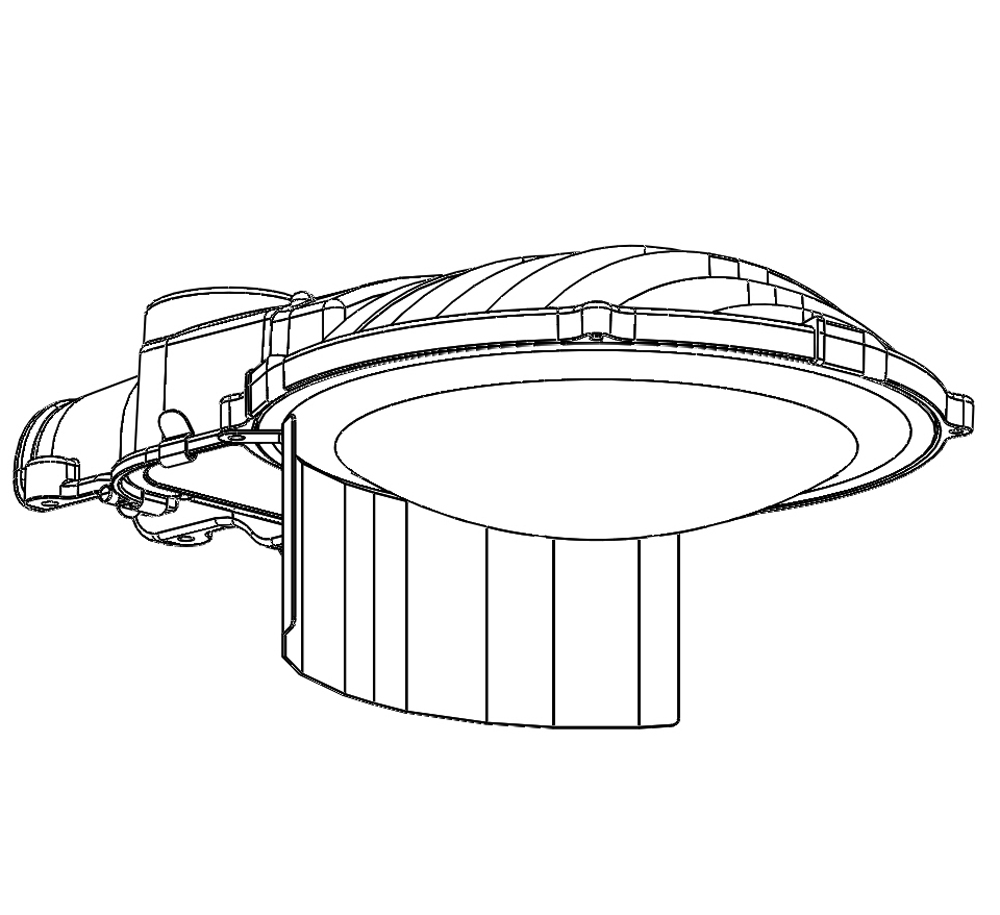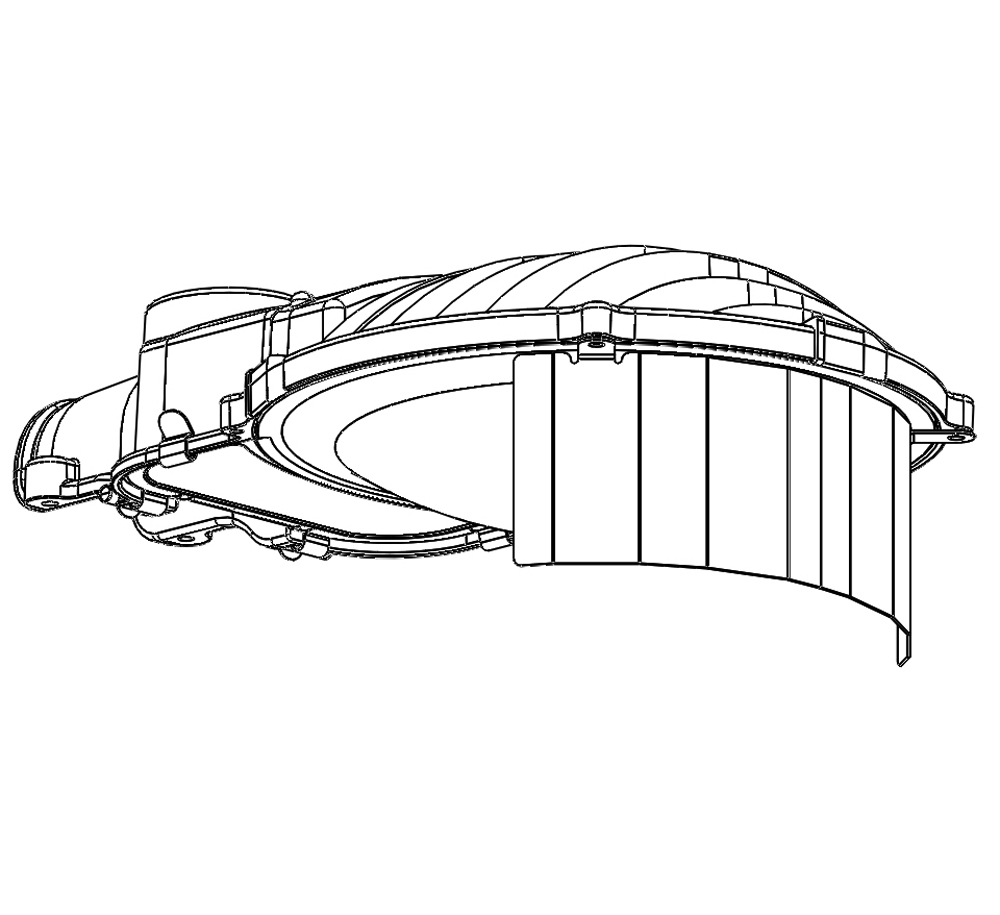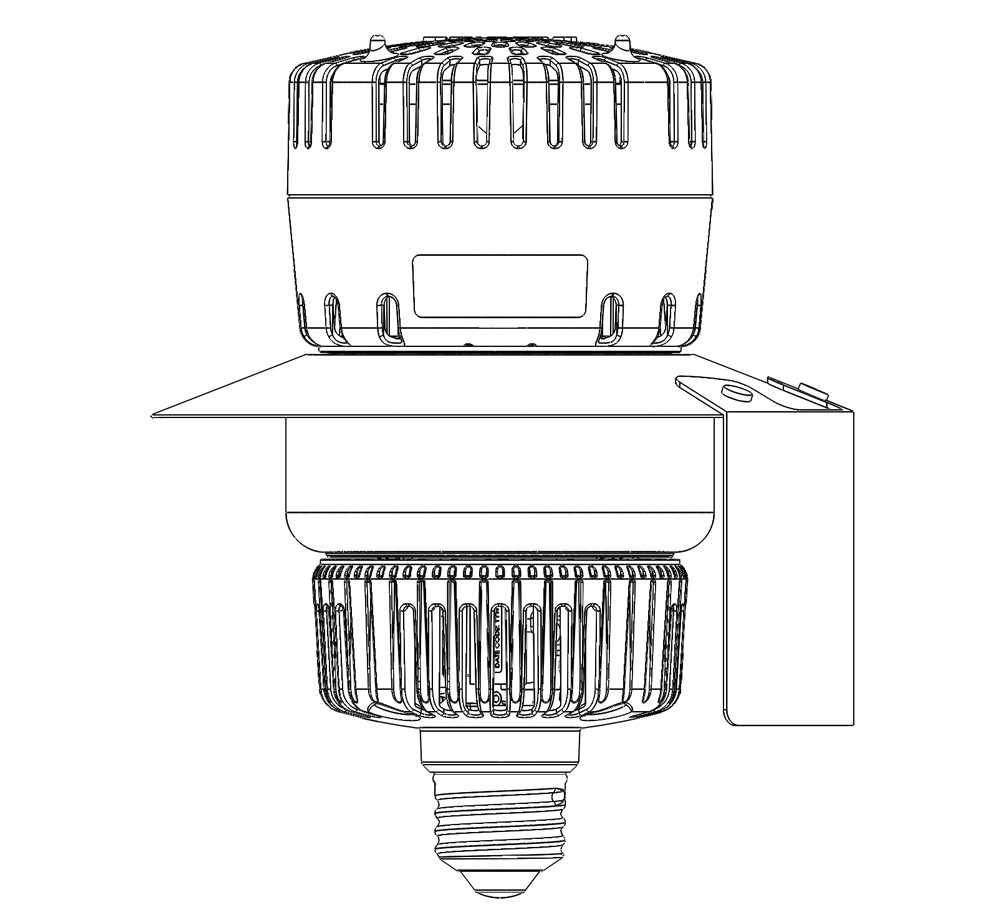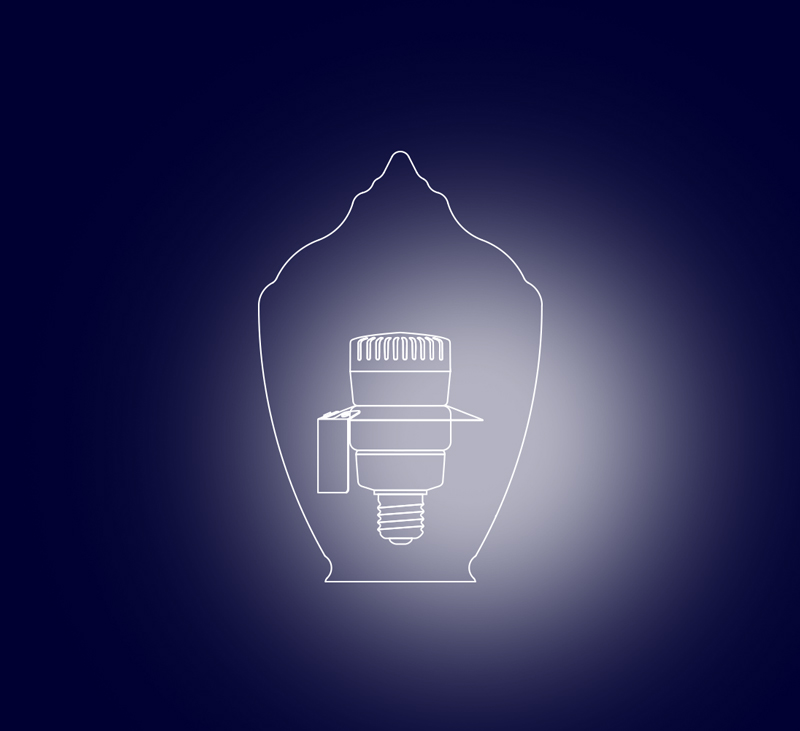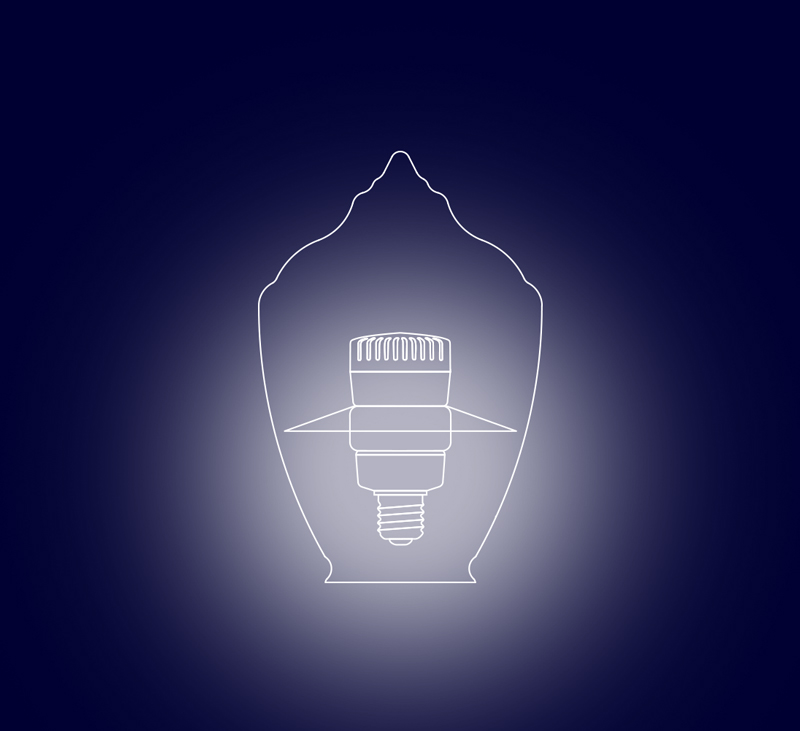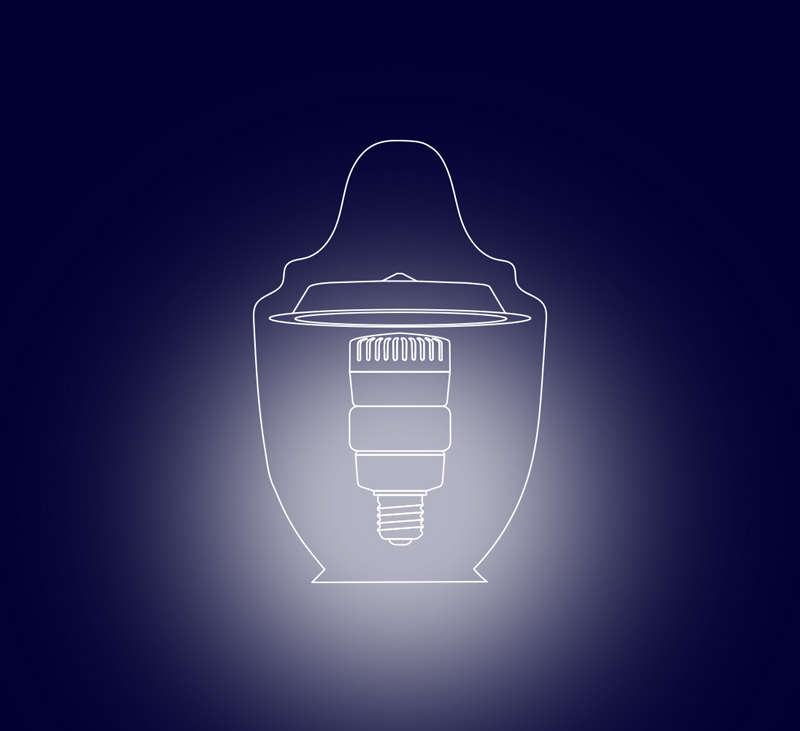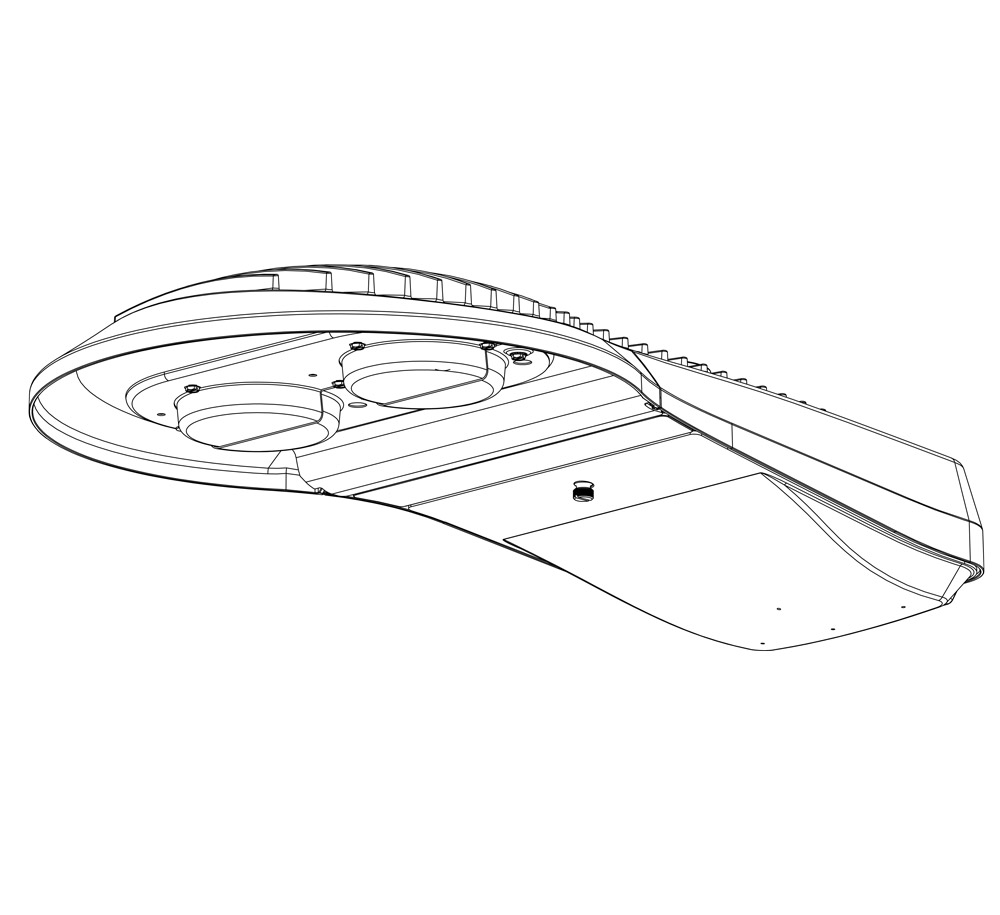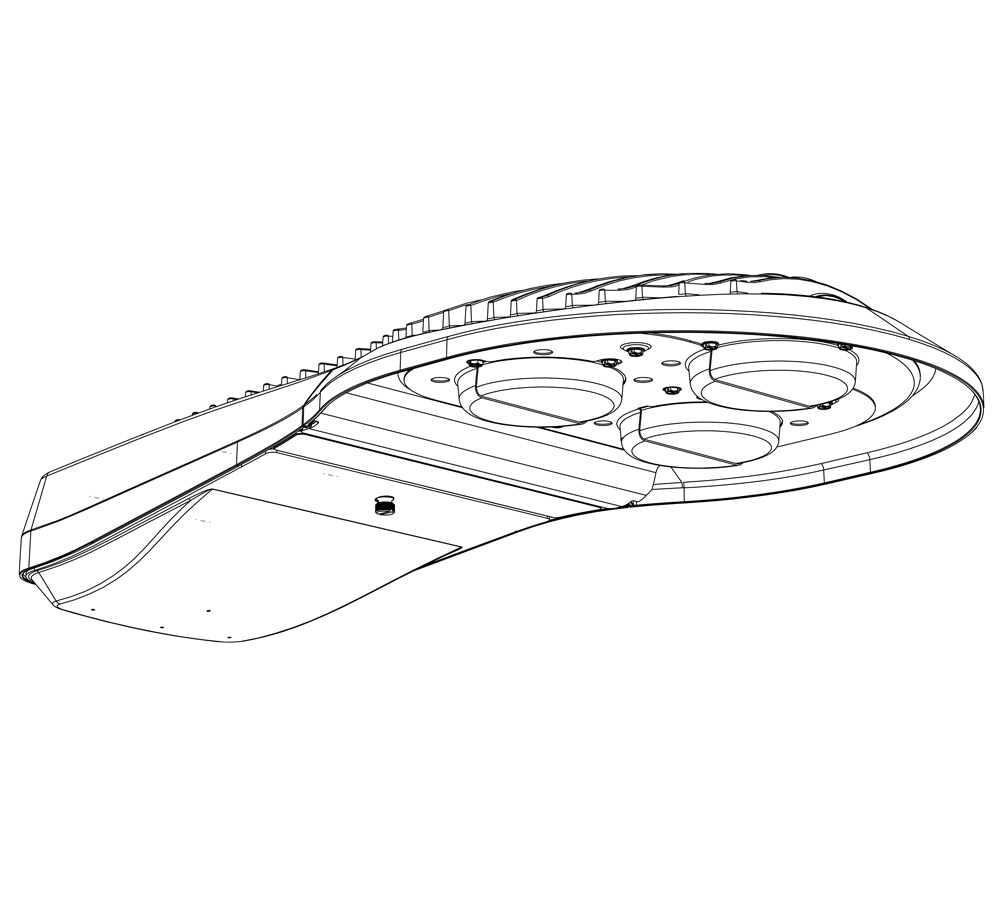Correlated Color Temperature (CCT)
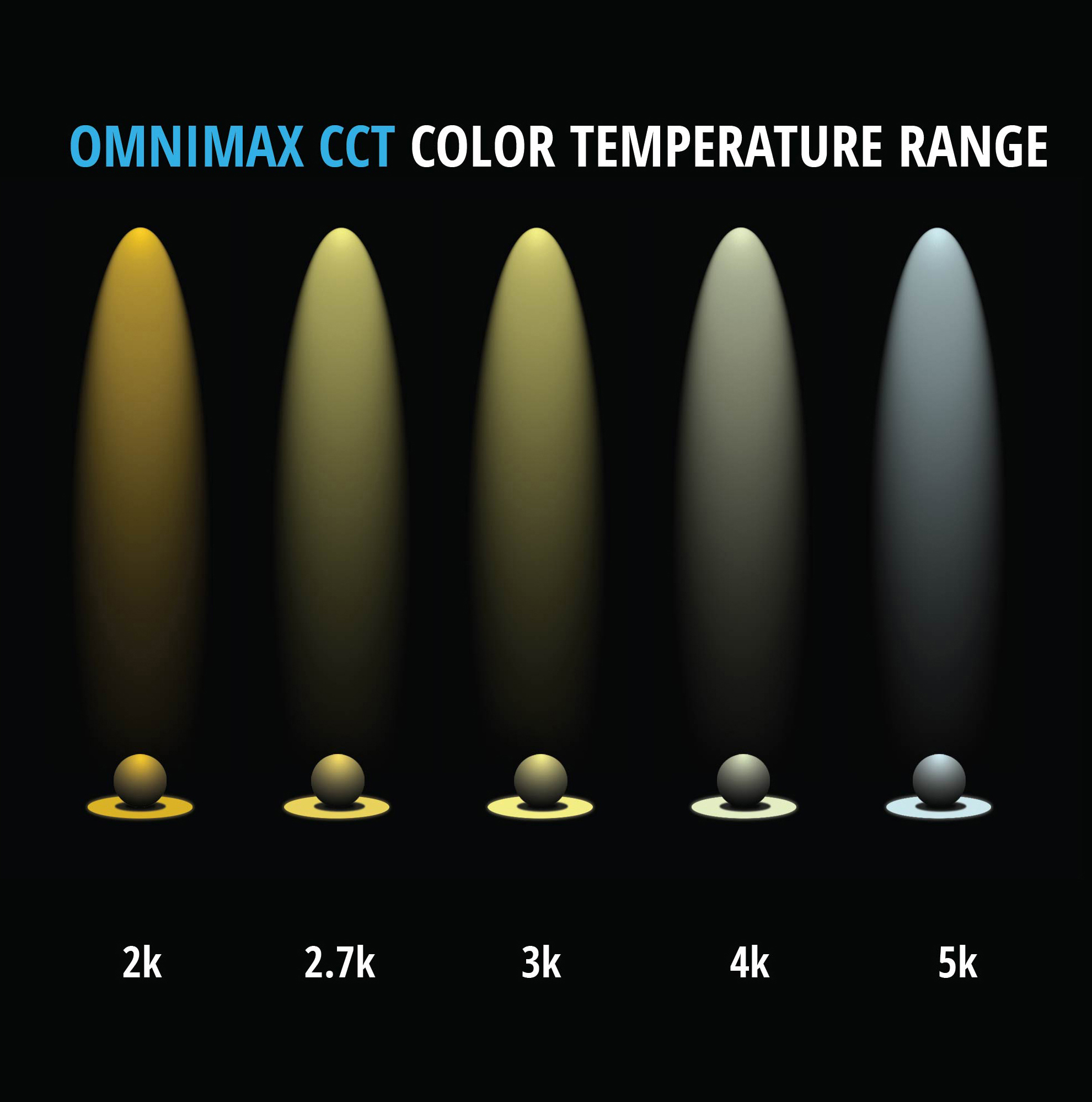
Chromaticity describes a property of light based on saturation and hue. CCT is a simplification of the chromaticity coordinates and is used to describe the color of a lighting source through comparison with the wavelengths of emitted light from a black body radiator when heated to a point that it will emit visible light. The wavelength of the emitted light can be correlated to the temperature of the heated air. CCT is short for Correlated Color Temperature.
CCT values are intended by the lighting industry to give specifiers a general indication of the apparent "warmth" or "coolness" of the light emitted by the source. CCT is stated in degrees Kelvin, indicating the temperature of the black body radiator. Lower CCT 2000-3000K is considered warm and appears yellow or orange. As temperatures rise, the spectrum moves into 5000-6500K and is considered cool.
So why is a warm CCT preferred for Dark Sky Friendly applications?
It is important to define the specific wavelength range when discussing light since the effects of light are determined by its wavelength rather than its perceived color. The SPD (Spectral Power Distribution) of a warm CCT light source tends to show less light in the blue spectrum. As shorter blue wavelengths are more easily scattered, blue light contributes to glare, skyglow and can be challenging for older drivers. There are intensive, on-going discussions about the effect of blue light on the health and welfare of humans, plants and animals.
Evluma Products with Warm CCT
AreaMax All models are offered in 2700K & 3000K
OmniMax All models are offered in 2000, 2200K, 2700K & 3000K
RoadMax All models are offered in 2700K & 3000K
Diffuse and Full Cut-Off (U0) Lenses
Dark Sky Friendly lighting requires full cut-off, or U0 light output. But what does that mean? Full cut-off is an older term, but one that still translates the concept extremely well. A U rating is found as part of the larger BUG rating.
Created by the IES, BUG is a way to calculate the light escaping in unwanted directions from an outdoor light fixture. BUG stands for Backlight, Uplight, Glare. All these ratings are important indicators as to a luminaire’s performance. ANSI/IES TM-15-20.
Backlight and Glare are part of the larger discussion on light trespass and light pollution, but let’s focus on Uplight for a moment. Uplight is light emitted above the 90-degree line (0 being straight down) and above the fixture. If it is not lighting a particular thing or surface, Uplight is considered wasted light; it shines up into the sky and contributes to skyglow as it reflects off the clouds. If there is no Uplight, and the light is fully cut-off at 90 degrees, the U rating is equal to zero (0).
Roadway lighting is governed by ANSI/IES RP-8-22 Recommended Practice: Lighting Roadway and Parking Facilities and the FHWA Lighting Handbook. "For a luminaire selection, the optimal up-light rating would be U0, which indicates reduced potential skyglow." However, when it comes to roadway lighting the FHWA Handbook recommends using "the veiling luminance ratio, which is a better measure of glare" instead of the G rating in BUG. For more information see our Whitepaper.

Evluma Products Offered with U0
AreaMax All models are offered with C = a full cut-off, flat lens
RoadMax Roadway lighting is required to be U0. All models are U0.
Diffusion Makes a Difference
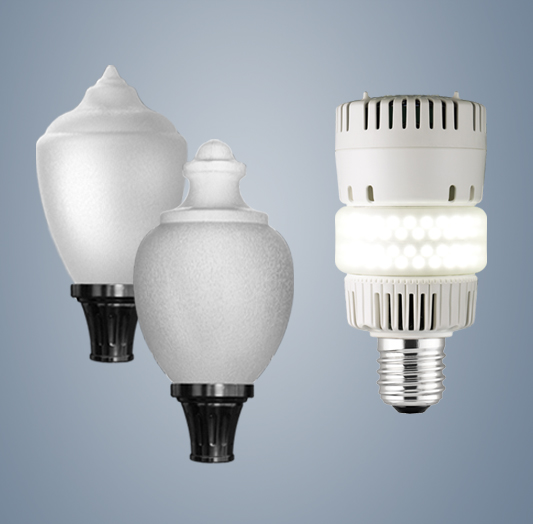
One of the many things that makes OmniMax a bit different from other light source replacements is that OmniMax does have a diffuse silicone lens over the LEDs that blurs or unifies the points of light. Most corn cob lenses are clear, leaving each LED as a distinct point source. A less unified light source elicits more glare. Such point source glare is also considered disability glare. The diffuse lens on the OmniMax helps to unify the multiple LEDs as a perceived single source. The same can be said for the glass, diffused Dome or Flat lens on the AreaMax and the innovative secondary lenses on the RoadMax.
As a light source, the OmniMax on its own cannot be assigned a BUG rating. The fixture the OmniMax is placed in determines the BUG rating. When choosing a globe for Build-Your-Own Acorn, or general replacement, the LD Acrylic is a diffused material that will cut down on point source glare even further. With the OmniMax installed, the globe becomes one large unified light source and is much easier on the eyes for both pedestrians and driver. LD Acrylic has a high optical transmission, however, so if the issue is too much light and not glare, considering dimming or additional shielding.
Shields
Luminaires are designed with a light distribution pattern in mind. Light distribution patterns are used to place light in the areas where visibility needs to be improved at night, such as a roadway, intersection, a sidewalk or path. Think of the light distribution as the building blocks used to create light coverage for an area. There are areas you want to light and others you might not want to, especially in residential areas.
Shields provide a way to further shape the light to your purpose by blocking or shielding and sometimes recycling or redirecting reflected light to a desired lighting zone. Our LED luminaires are designed to last over 20 years. A lot can happen in 20 years. New homes may be built, trees cut down, any number of changes can happen within the built environment over time. Shields can be installed when the luminaire is installed, or can be installed (or uninstalled) later in response to a change in the luminous environment. Fully shielded U0 lighting decreases skyglow by reducing the amount of light that is scattered in the atmosphere. Shorter (blue) wavelengths are scattered more strongly than longer (red) wavelengths.
Evluma Products with Shields

AreaMax
The AreaMax LTS can be installed in any of four directions. Commonly, the LTS is installed at the back of the fixture in what is considered a house-side position to reduce Backlight.
This versatile 120-degree, stainless-steel shield can be placed wherever the light trespass concern is the greatest. Direct and reflect light as needed; combine with dimming for best results.
OmniMax
Snap-on shields are offered for the OmniMax. These easy-to-install shields are designed to reduce Uplight or Backlight. Add a backlight shield to an OmniMax in a type III globe to further reduce backlight from spilling up into a yard.
Use shields to shape the light according to need; combine with an in-globe uplight blocker or dimming for even greater control.
BYOA/OLS
Several OLS acorn globes can be ordered with an uplight blocker. Placed in the top of the globe, the blocker stops light from traveling directly upward, mitigating uplight even if it does not result in a U0. Many post top lights are used for more than sidewalk illumination. Landmark identification, architectural enhancements, placemaking and general ambiance all go into the considered use of decorative lighting.
RoadMax
Keep neighborhood roadway lighting neighborly. All RoadMax can be ordered with light trespass shields for either the house-side or the street-side to reduce light trespass and discomfort glare. Shields maintain No Uplight (U0) rating and preserve distribution type.
These low-profile shields compliment the sleek RoadMax design and add no additional EPS.

Dimming
Dimming is perhaps the most significant addition to outdoor lighting in the effort to reduce light pollution in that it is a flexible solution with the potential to save energy. Evluma’s outdoor lighting product lines all come with a dimmable driver. As you lower power consumption, you reduce the light output and vice versa. Use dimming to maintain fixture uniformity and dim according to targeted need. Dim one light or many. Dim for low occupancy times, or seasonality.
There are two ways to dim an Evluma lighting product. Many of our products are compatible with our wireless Bluetooth app ConnectLED, however, our street and area lights also have a 7-pin photocontrol receptacle option for network adaptability.

